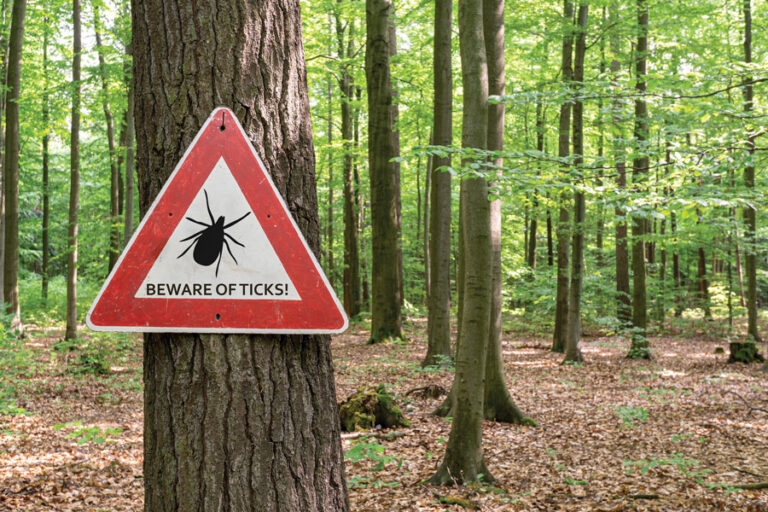Daffodils, tulips, crocus and hyacinth bulbs seem to materialize from snow on the saturated ground, provoking gardeners to celebrate the coming spring. However, gardeners are not planting these hardy bulbs in the spring soil, but the previous fall to over-winter in their garden beds.
Bulbs require a chilling period in order to grow and flower. The optimal time for Illinois gardeners to plant bulbs is the month of October.
Planting too early risks having Fusarium bulb rot, which causes yellow foliage, poor root systems, bulb decay and early death. The ideal temperature for Fusarium to flourish is around 80 degrees Fahrenheit but that doesn’t mean later is necessarily better. If you plant bulbs after the month of October, you risk the roots not growing sufficiently to make it through the winter.
Spring flowering bulbs store their entire life cycle within a compressed underground stem. While bulbs require a chilling period, they don’t go dormant after flowering in the spring. I can always find grape hyacinth foliage in our pollinator garden starting in late September. Bulbs planted in previous years will resume growing in fall to obtain nutrients and moisture.
Even non-gardeners can be successful growing bulbs because they need little care. Once planted, most spring-flowering bulbs are reliable bloomers year after year. Some bulbs, such as daffodils, crocus, blue scilla, glory of the snow and snow drops, will begin to naturalize by spreading through your yard.
Hyacinth bulbs are not reliable bloomers. I recommend planting new bulbs every year. If you notice less blooming than usual in established beds, then it may be time to transplant bulbs to a new location, giving them more room to grow. The best time to do this is after the foliage has turned yellow in the spring.
Although most bulbs thrive in full sun, it is a myth that you cannot grow spring-flowering bulbs in shady areas. Grape hyacinth, crocus, winter aconite, snow drops and Siberian squill can all be grown under deciduous trees and shrubs. Most make their appearance in the garden before leaves of deciduous trees begin to emerge.
Don’t plant bulbs in wet or poorly drained soil. Avoid downspouts and locations where snow mounds during winter months. In Illinois, clay soil may be an issue for drainage. If you have clay soil, start with bulbs that are more forgiving, like grape hyacinth, daffodil, crocus, snow drops and camassia, and amend your heavy clay soil with compost.
A general rule of thumb is to plant bulbs two to three times as deep as the bulb is tall. It was once believed that tulips should be planted 6-8 inches deep. However, Cornell University found tulip bulbs planted more than 6 inches deep have fewer flowers, and now suggest they be planted 2-4 inches deep.
Adding phosphorous in the form of bone meal to promote root growth and provide more flowers is a myth. The relationship between the bulb’s roots and the fungi in the soil is more efficient at extracting phosphorous from the soil than from added bone meal. Adding bone meal interferes with this root-fungi relationship.
Bigger bulbs are better than smaller ones, and planting masses of spring flowering bulbs 2-5 inches apart is more impressive than a few stragglers. A bulb planter doesn’t make planting bulbs easier, a garden trowel will do and always plant tips of bulbs pointing up.
Follow these rules and you are sure to have a colorful spring.










